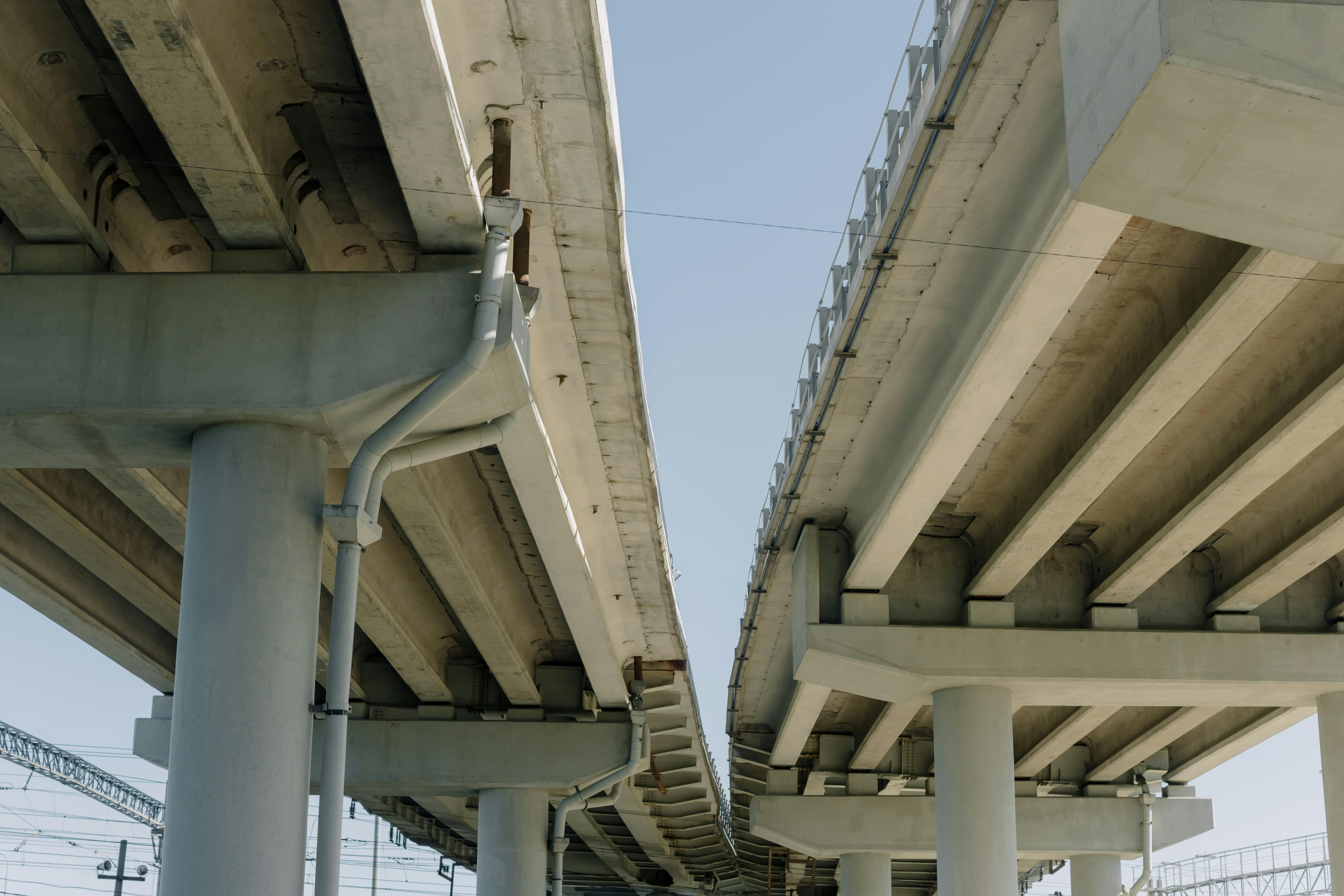How hospital cafeterias are increasing retail revenue
Hospital retail areas are under increasing pressure to meet revenue targets
Faced with rising costs and financially challenging times, healthcare organizations are increasingly looking to their retail areas as an additional source of revenue generation. While hospital foodservice operations are well known for providing meals to patients, most, if not all, are also responsible for the retail side of foodservice operations in the cafeteria, snack bar, or local cafeteria. Tasked with increasing their revenue contribution to the hospital, many food service directors and cafeteria managers are taking creative steps to increase patronage. Increasing employee engagement, engaging members of the local community, and tailoring their food and beverage offerings to customers’ culinary needs and preferences are goals of aggressive foodservice operators.
grab and go
In a busy healthcare environment, speed is key! That’s why in recent years, many hospital cafeterias have redesigned their space to accommodate new refrigerators filled with appetizing pre-packaged food options; from yogurt and fruit parfaits, to sandwiches and salads. These portable food options offer a very convenient and quick way for busy healthcare workers to quickly grab something to eat or drink while on the go. Prepackaging also allows staff to bring these items to their desk or other area for consumption in a location other than the cafeteria. When used with a POS system and barcode labels, picking up these ready-to-go items at the point of sale takes just a few quick seconds.
gastronomic experience
Many health care facilities have renovated their cafeterias to offer a more attractive dining experience, similar to that of a restaurant, to attract employees, visitors and guests. Their goal is to entice hospital workers to stay on-site for lunch rather than looking for alternatives off-site, to attract visitors, and in some cases to engage the local community. To accomplish this, food service directors are not only creating a visually appealing dining area, they are also hiring highly talented and experienced restaurant chefs with a flair for designing new and delicious menus. Using a POS system with menu item performance tracking gives chefs a clear picture of which menu items are performing well and which should be removed from the menu rotation.
Employee payroll deductions
Administered through a point-of-sale system as an employee payroll deduction to be deducted from a future paycheck, the ability to make a retail purchase by scanning the employee badge already carried by the healthcare worker is considered a valuable benefit and convenience. When employees can present the badge they already wear as payment, they no longer have the need to carry cash or credit cards while moving around the facility. This convenience often means the difference between having time to enjoy a delicious meal and skipping lunch or breakfast. Cashless payment also translates into an increase in additional purchases of food and beverages, when the employee does not have enough cash to cover all the options they would like to take.
credit card processing
It is not unusual for visitors to find themselves without cash when visiting a patient in the hospital. We are all consumers used to paying for almost everything with our debit or credit cards, and therefore we are quite surprised to discover that the hospital cafeteria does not accept credit or debit cards. Although most hospitals offer an on-site ATM, the inability to accept credit or debit card payments results in a lost sale; and quite possibly a tray full of food left at the checkout counter because the visitor did not have a convenience payment option. The checkout process is a big part of the customer experience, so it’s important that credit and debit card processing is fast and fully integrated with the POS system’s cash register operations.
